In the rapidly evolving landscape of new energy technologies, every component in the production process plays a crucial role in ensuring efficiency, safety, and performance. Among these, power conducting arms are an often-overlooked yet vital part of modern industrial equipment—especially within the lithium battery manufacturing industry. These arms, critical in transmitting power and ensuring connectivity in high-performance machinery, are essential for maintaining uninterrupted energy transfer in precision applications.
In this blog post, we’ll dive deep into what power conducting arms are, how they function, their key applications, and the benefits they bring to manufacturers. We’ll also explore how companies like Timonic, a leading manufacturer of lithium battery material production equipment, integrate these components into their advanced machines—particularly in the production of copper foil and cathode rollers.
What Are Power Conducting Arms?
Power conducting arms are mechanical structures designed to transfer electrical energy safely and efficiently between fixed and moving parts of industrial equipment. These arms are commonly made of conductive materials like copper or aluminum and are often enhanced with insulation or protective coatings to withstand high temperatures, mechanical stress, or corrosive environments.
Their primary functions include:
Conducting electricity between moving parts (e.g., rotating drums or rollers)
Maintaining continuous electrical contact under dynamic conditions
Reducing energy loss through high-conductivity materials
Enhancing equipment durability with engineered designs that tolerate vibration, pressure, and temperature changes
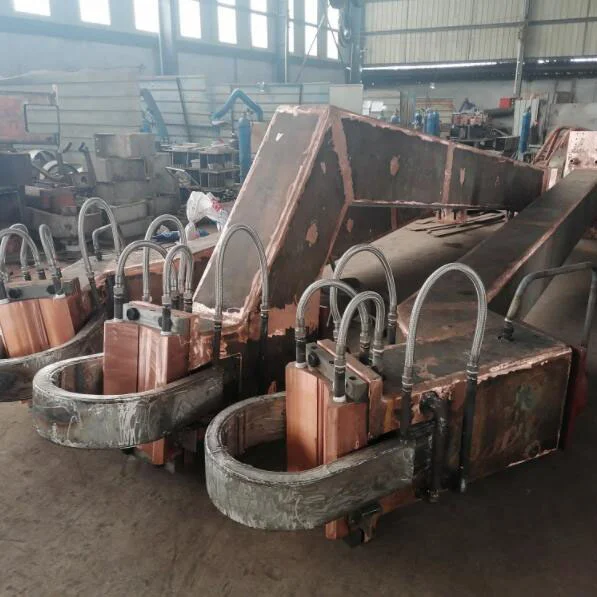
Key Applications in Lithium Battery Production
One of the most sophisticated applications of power conducting arms is in lithium battery material production, especially in the machinery used for producing copper foil—a critical element in battery anodes—and cathode rollers.
1. Copper Foil Making Machines
In copper foil machines, the quality of current conduction determines the precision and uniformity of the foil thickness. Power conducting arms are integrated into the electroplating units where copper ions are deposited onto rotating drums. They ensure stable power delivery during the high-speed rotation of these drums, which is crucial for producing ultra-thin, high-purity copper foil.
2. Cathode Rollers
Cathode rollers, responsible for transferring the coated material during battery electrode production, rely heavily on power conducting arms to maintain consistent electrical contact. This allows for uniform coating, better surface treatment, and energy efficiency during operation.
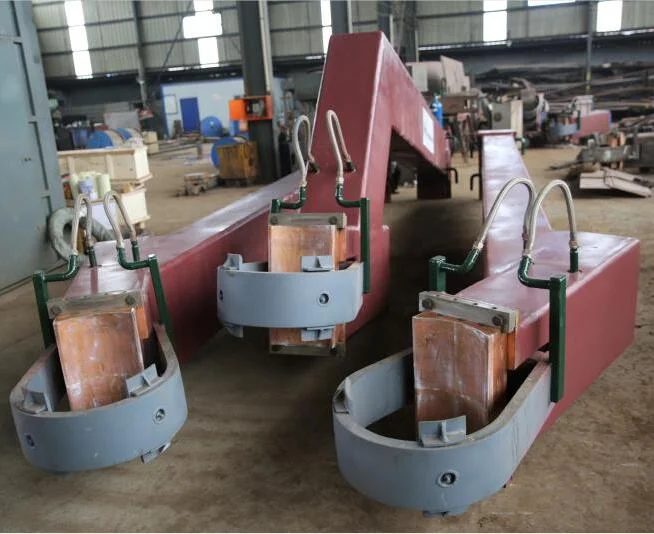
The Timonic Advantage
Timonic, a high-tech manufacturer focusing on new energy lithium battery material production equipment, has embedded innovation at every level of its machinery design. With a strong R&D background, Timonic develops advanced copper foil machines and precision cathode rollers, both of which leverage cutting-edge power conducting technology.
Their power conducting arms are:
Custom-engineered to meet high-current demands
Optimized for energy efficiency, reducing production costs
Designed for reliability, minimizing downtime and maintenance
Adapted to evolving manufacturing needs, including ultra-thin foil and fast production lines
By incorporating high-quality conducting components, Timonic’s machines deliver superior performance, making them a preferred choice among battery material manufacturers striving for productivity, precision, and sustainability.

Benefits of Power Conducting Arms
The integration of power conducting arms into industrial systems offers several operational advantages:
Energy Efficiency: Low-resistance pathways reduce power loss and lower operating costs.
Process Stability: Stable current flow enhances product uniformity, especially critical in battery production.
Longevity: Durable materials and intelligent design increase component lifespan, reducing replacement frequency.
Safety: Proper insulation and thermal resistance help prevent overheating and electrical hazards.
Automation Compatibility: Compatible with robotic and smart systems for Industry 4.0 environments.
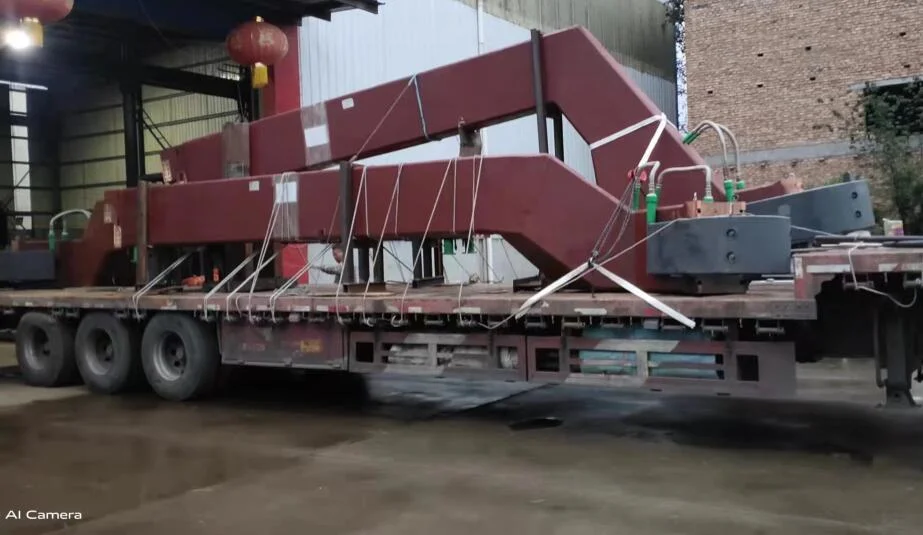
Conclusion
As the demand for efficient and scalable lithium battery production grows, so does the need for high-performance machinery and components. Power conducting arms, while not always in the spotlight, play an indispensable role in delivering consistent power to dynamic systems.
Timonic, through its advanced copper foil making machines and cathode roller technologies, demonstrates how thoughtful engineering—down to the level of conducting arms—can elevate the entire manufacturing process.
In the race toward cleaner energy and more powerful batteries, it’s often the quiet contributors like the power conducting arm that make all the difference.
Choosing the Right High-Efficiency Copper Dissolving Tank for Your Industrial Workflow
www.timonic.com.cn
Timonic

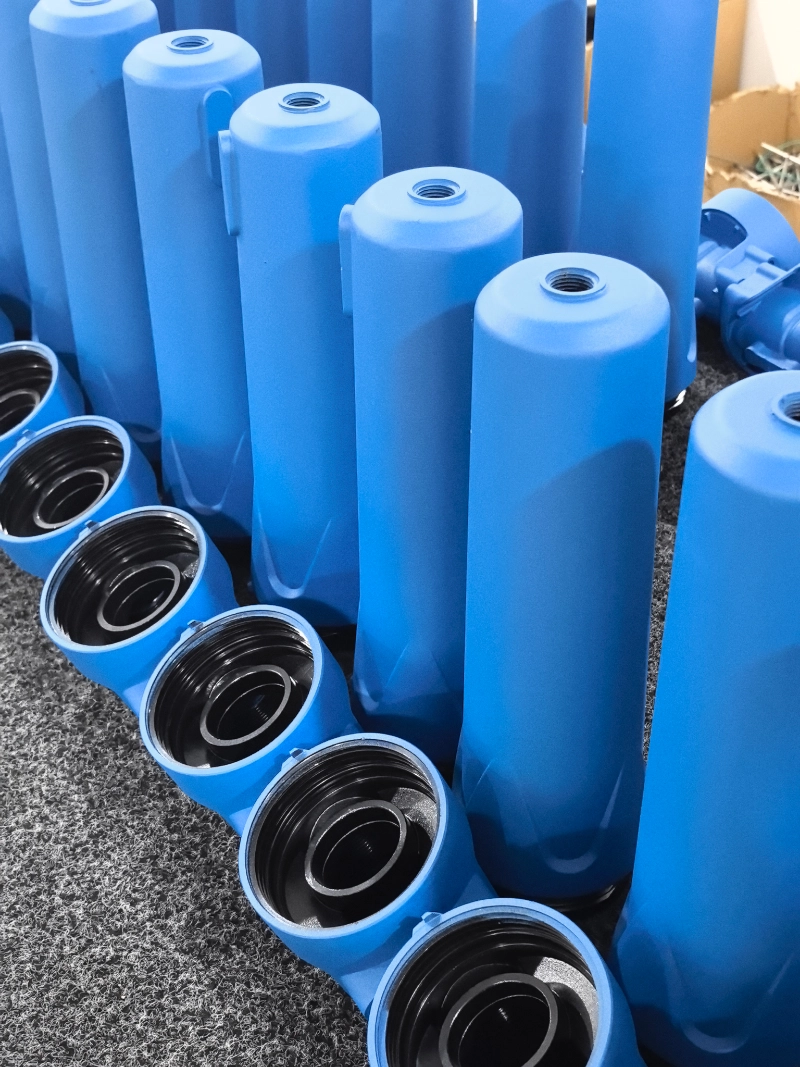




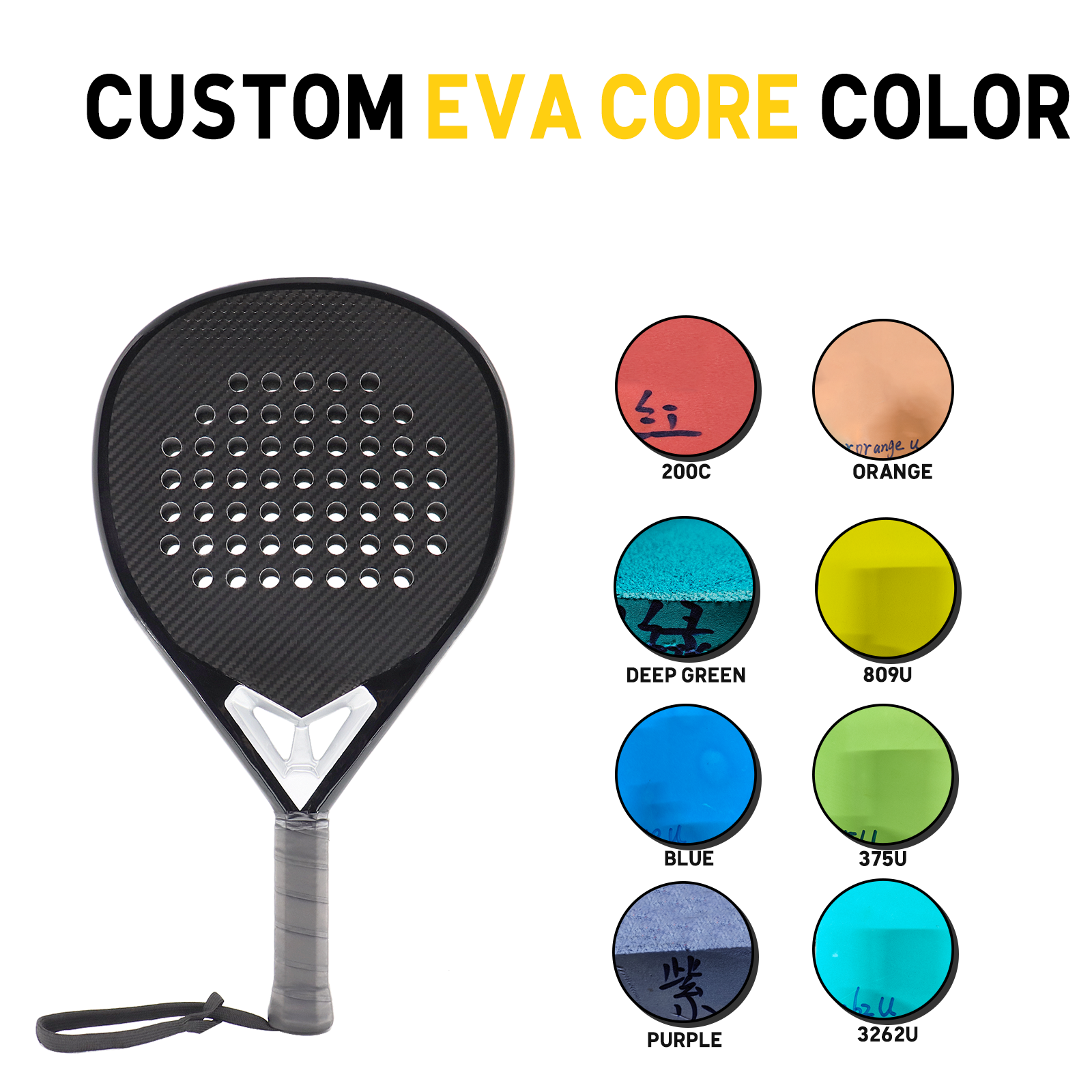

+ There are no comments
Add yours